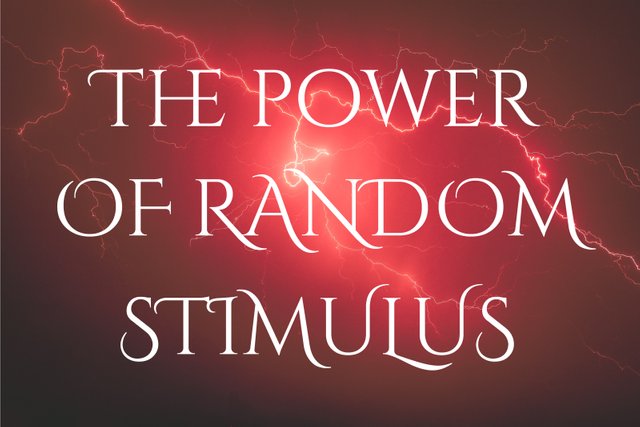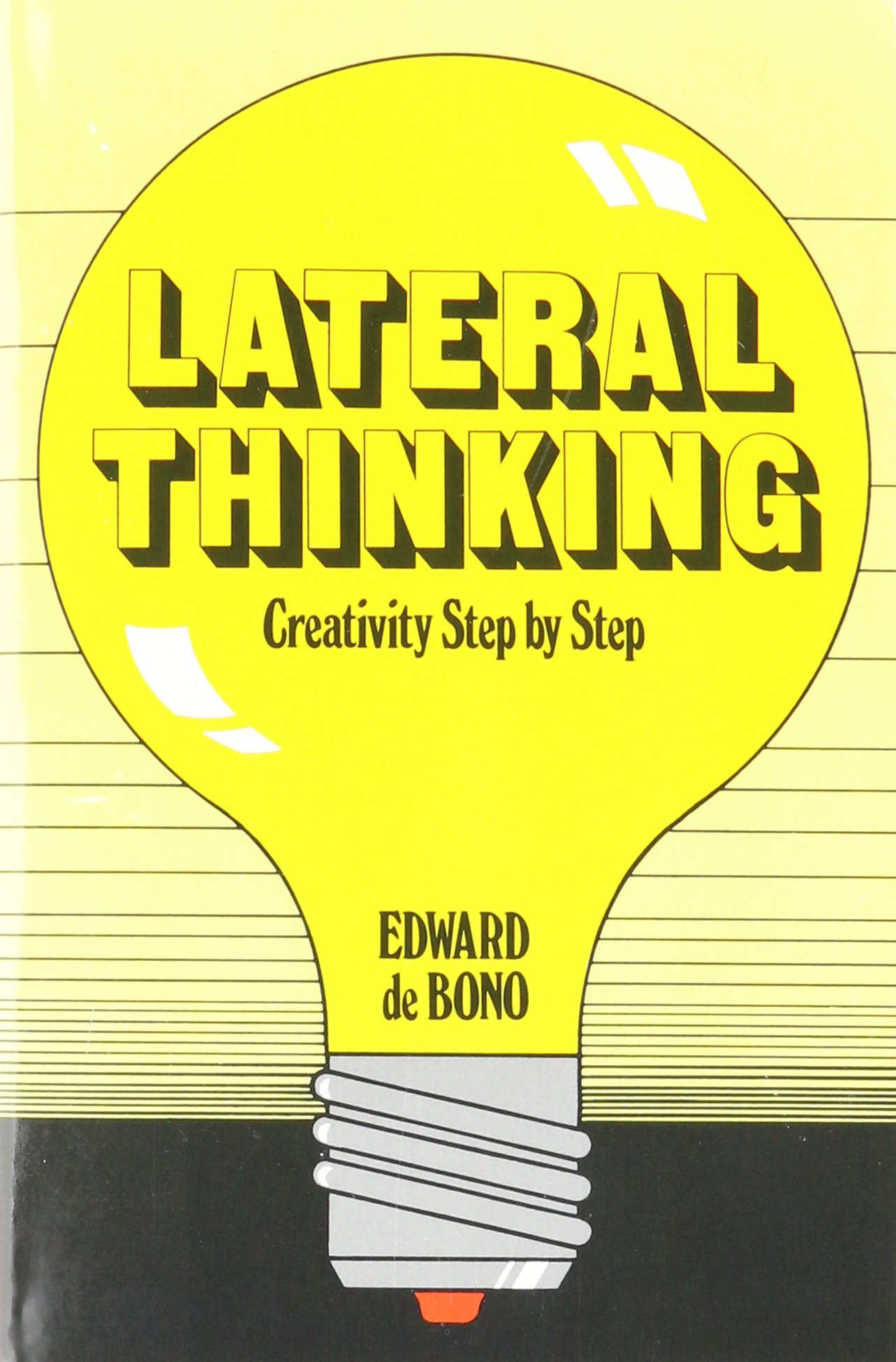Creative Thinking with Random Stimulus: quickly find new ideas and develop creativity in the process
Random Stimulus is a simple yet powerful idea generation method. It can be used to find solutions and develop creative thinking. If you want to get the wheels moving on a project, it’s the tool to use.
A random stimulus is an object (word, image, symbol, everyday object) unrelated with the problem to solve and not depending on your intention. By connecting such an object to the problem to solve you become able to look at the problem in a new way and find ideas that otherwise wouldn’t come.
Here’s how it works: name the problem you’re solving, choose a random object and connect them. As simple as that, but God is in the details.
1. Clearly articulate the problem that needs solution
It’s enormously important to understand why you need ideas and what’s the problem you are trying to solve using them. However, it’s equally important not to have a premade solution in mind. Be firm in what you need, be open to what the solution would look like.
It’s good to sum it all up in a question, for example now I am preparing a Steemit contest and am asking myself: “What ideas would help me make an outstanding and exciting contest?”.
2. Choose a random stimulus in a formal and binding way
Make clear how you will get the stimulus and promise yourself to accept any stimulus you get. Don’t change your mind out of fear the stimulus isn’t meaningful enough. It would lead you to known paths and known paths are exactly what you should get rid of first when creating something new.
My way of getting a fast and clear random stimulus is to look around for the closest red object. For example, now it’s the bottom soldered contact of a bulb drawn on the cover of Edward de Bono’s book “Lateral thinking: Creativity step by step” lying on my desk which I use as a reference for this post.
By the way this book goes really deep about how creative thinking works. I highly recommend it to anyone interested in creativity. Edward de Bono is an internationally recognized creative thinking expert whose course on creative thinking I took part in at Oxford some years ago. He’s the author of acclaimed thinking techniques, such as Six Thinking Hats.
Another simple way of getting a stimulus is using a random number to select a corresponding word from a list like this one.
3. Connect the problem to the stimulus and generate ideas
Just keep in mind both your question and the stimulus and the free associations will soon start coming. Let them come and pass freely — don’t stop for long at any of them, just remember to write them down as soon as they appear.
I consider this ability to interconnect seemingly unrelated things the most important creativity skill and this skill could be easily trained using Random Stimulus. Gradually you will start seeing even uninvited distractions as answers to your questions.
It could be useful to list the stimulus properties and start free associating from them.
If no ideas is generated within the first 5 minutes of brainstorming, postpone it and ask yourself whether you would feel really comfortable if your problem will be solved. Sometimes things go much deeper than just getting hot ideas and making them work. You could self-sabotage the whole thing, and then no idea generation technique will help you until you resolve that inner tension.
4. Choose the best ideas and develop them
It’s important to take at least a short a break before starting comparing and evaluating the ideas you wrote down at step 3. You need to get calm after the burst of creativity you’ve experienced before proceeding to idea selection.
Be careful when selecting ideas. It’s easy to overlook the idea’s potential if this idea isn’t yet articulated well enough.
Any idea, however good, is no more than a vector pointing to where you need to come. Share your ideas first with a few people you trust and ask for feedback. Work on the best idea to make it really good and then do it.
Useful links
- Wikipedia article
- MyCoted article
- Lateral thinking: Creativity Step by Step: a book by Edward de Bono
- Thinkertoys: A Handbook of Creative-Thinking Techniques: a book by Michael Michalko
- Random Word List
Credits
- A big thanks to @maxy-hopkins for proofreading the text. Max is a young traveler who joined steemit recently in order to share his journey. He post regularly on a variety of topics, but at the heart of the conversation is his adventure.
- Cover picture's background: photo by Derek Thomson.
I'm a blogger, web designer, entrepreneur, world citizen and a father to eight. If you've enjoyed this post, be sure to follow me at @vitkolesnik.



Congratulations! This post has been upvoted from the communal account, @minnowsupport, by vitkolesnik from the Minnow Support Project. It's a witness project run by aggroed, ausbitbank, teamsteem, theprophet0, and someguy123. The goal is to help Steemit grow by supporting Minnows and creating a social network. Please find us in the Peace, Abundance, and Liberty Network (PALnet) Discord Channel. It's a completely public and open space to all members of the Steemit community who voluntarily choose to be there.
If you like what we're doing please upvote this comment so we can continue to build the community account that's supporting all members.
random stimulus is very useful to me , thank's for share with us
Isn't it wonderful how our brains work - very good article
Thank you!
Thanks for sharing this topic, it will help me make contents since it's quite challenging for me to write.
Are you threatening me!?
Thank you @mitchelle, glad you've found it helpful.
Thank you for using my services! Your post have been resteemed to 5000+ people :) Feel free to contact me again in the future.